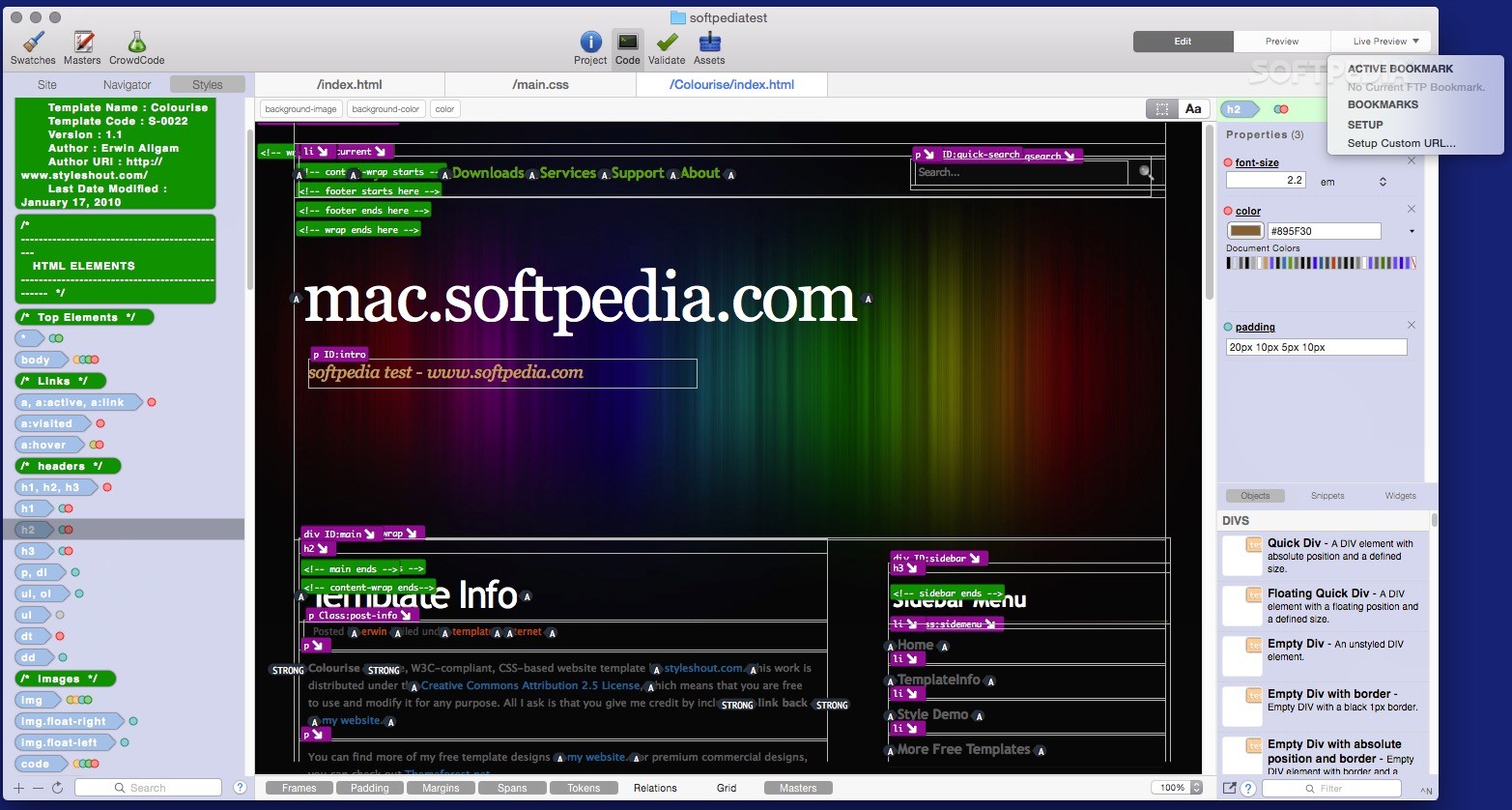
Where to get flux for mac install#
To install Flux, you’ll have to check out the installation guide found here for your operating system. (c) Only S3 has been given a consistent set of normal vectors that allows us to define the flux through the surface. (b) The outward normal is used to calculate the flux through a closed surface. In this section, we’ll go over everything you need to get Flux up and running. Figure 6.2.4: (a) Two potential normal vectors arise at every point on a surface. When you launch F.lux, it asks to use your location to determine the local times for sunrise and sunset. When you’re getting ready to install Flux, there are a few components: F.lux aims to mimic this natural transition on your computer’s screen. It has a number of customizable features so you can create your ideal viewing situation or set up your music listening experience the way you want. With it, you can play nearly any media file, including MPEG-2, MPEG-4, MKV, WebM, WMV, and much more. It’s nothing too complex and perfect for just getting started. VLC is the best free, open-source media player for the Mac. Because of that, we need a Kubernetes application.įor the purposes of this blog post, you’ll use an Nginx app. The whole idea behind GitOps is for a tool (like Flux) to look in your Git repos, check out the Kubernetes manifest, and confirm that what’s in the Kubernetes manifest is what’s on your Kubernetes cluster. Double-click the app icon to open and use the Flux Player. To get started with Minikube, check out this guide. Once the installation is over, you will find the Flux Player app under the Apps menu of BlueStacks. Regardless of which method you go with, Flux will work.įor the purposes of this blog post, you can use Minikube as it’s great for a local environment and you don’t have to worry about spending money in the cloud or deploying a bunch of virtual machines. On a Kubernetes service like AKS, EKS, or GKE.On your localhost with something like Minikube.
Where to get flux for mac how to#
In this blog post, you’ll learn how to utilize Flux, which is a GitOps tool in your Kubernetes cluster.ĭepending on what type of environment you’re in or what you have access to, you can get a Kubernetes cluster up and running in a few different ways: Now that you know a bit about GitOps, it’s time to get it up and running in your own cluster!

In a previous blog post talking about what GitOps is, which you can find here, you learned about the overall need for GitOps and why it’s important.


 0 kommentar(er)
0 kommentar(er)
